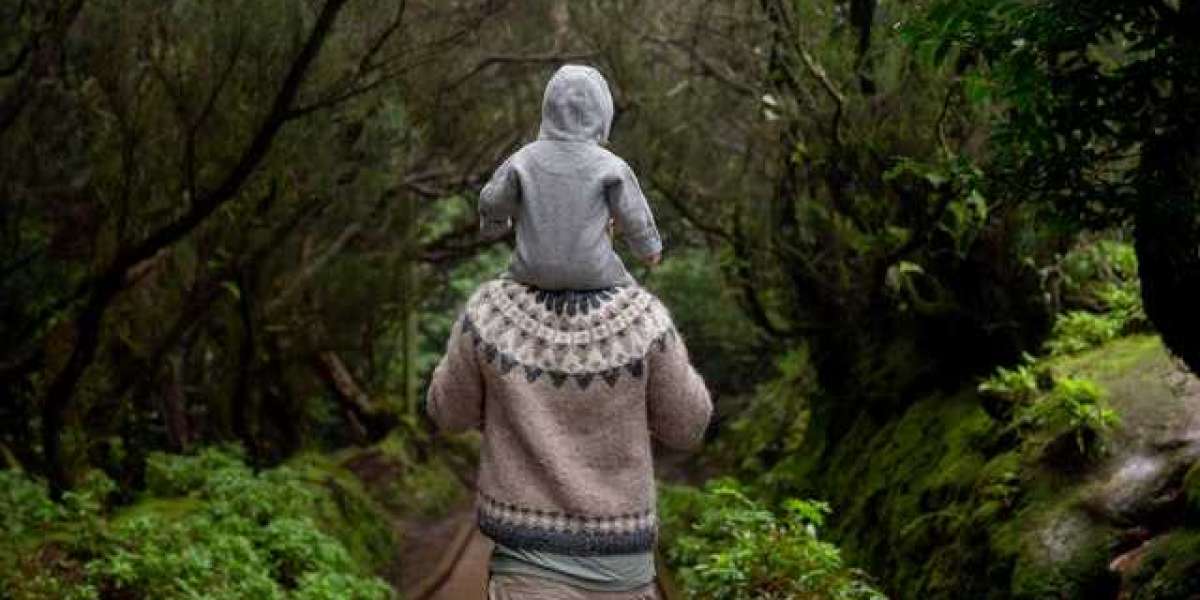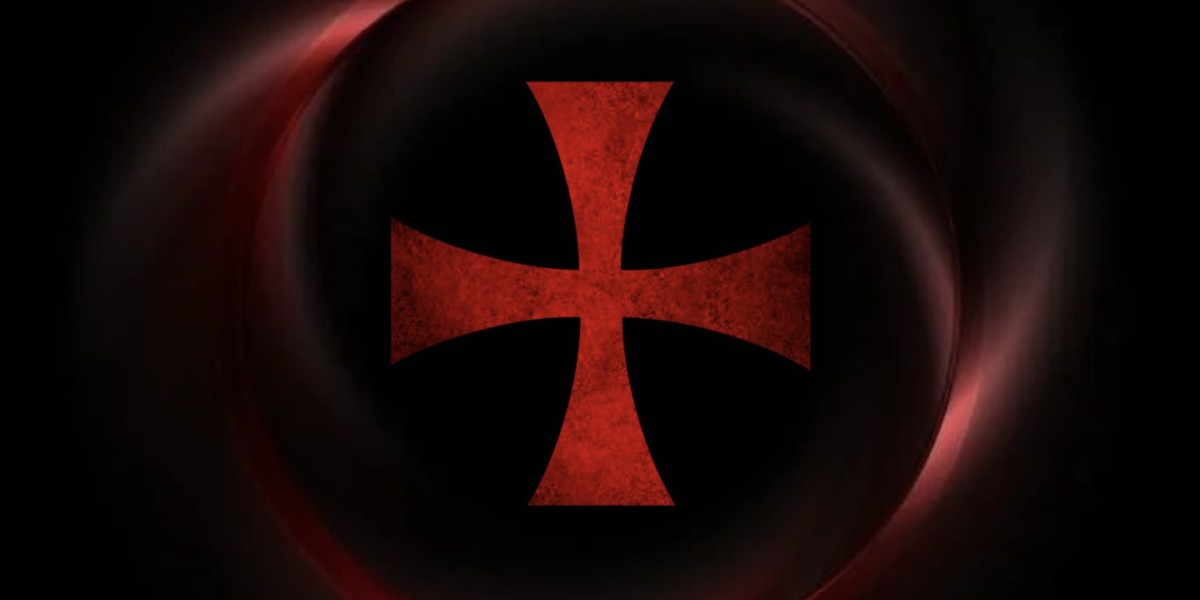Most people are very surprised to find their Messiah wore tassels on the corners of His garments. It’s a little known commandment that men of Israel are supposed to dawn these daily and that not doing so is sin. Yes, sin.
Infact the importance of wearing tassels is so vital that the Templars themselves, first of our kind to attempt a return to the Natzarim Way, or as they called it, the Calvarian Way, dared do so in full view of all Roman Catholicism. Understanding the prophecies of old to be calling the Lost Tribes to reclaim their rightful place as the Northern Kingdom of Israel and for all who are willing to leave behind their pagan nature and join Israel to be allowed to, the Knights, Sergeants and most Chaplains of the Templars chose to live to the best of their abilities as Israelites…without allowing their Catholic contemporaries to realize this reclamation had become a reality.
Hiding in plain sight, the leading faction of the Templars returned whole heartedly to the Old Ways obeying the Bible as best as possible honoring the Sabbath, keeping the feasts, eating clean…and wearing tassels.
On their uniforms the Templars wore the tassels always. A fairly obvious giveaway that would be if they had simply copied the Jews, but they did not. The Templars were not trying to Judaize, and they were trying to hide. Accepting themselves as the descendants of the Lost Tribes too they had no issue with inventing their own methods of obeying these instructions.
Deducing that the command to wear the tassels on the four corners of the clothes, was an order to a people who already wore four cornered garments, the Templars chose 4 tassels to call that element to mind. They wore all four on one side of their own uniforms, hung on the right side from one of three belts, in length from hip to knee.
Templar tassels were more like thin ropes made of either a white cord and a red cord or otherwise a white cord and a black cord tied around one dyed blue with indicum as the source of the commanded tekelet was lost to knowledge in those days. The blue cord did not show in either kind of tassel but was hidden inside each rope.
Templar Knights wore the red and white tassels, and the Sergeants wore the red and black. The four tassels were to call to mind the Four Letters of the Divine Name but only personally. To outsiders they represented the four Templar vows of Chastity, Poverty, Obedience, and Protection as well as the four cardinal virtues of Temperance, Fortitude, Prudence, and Justice.
From the end of each tassel was fashioned from wood or stone or iron one of the four symbols of the Templar Vows.
Each Templar uniform was designed with an extra pocket on the right which remained empty for a Knight or Sergeant to tuck the tassels when abroad or in battle.
In Outremer there was a variation that was made in which four ropes were entwined in this manner around the Templar and extra long so as to have to hand down as four tassels on the right side aswell.
Senior Chaplains called Lessers, who were in the know of the Templar Way, also wore these tassels after the same manner though theirs were on the left not right, all red, and for them they had but three denoting to themselves the three great duties of man being brotherly love, relief, and truth. Yet to outsiders their three cords called to mind their own vows of Chastity, Poverty, and Obedience as none were sworn to bear the sword.
With the tassels hung by a leather strap was the Templar’s Prassory, his prayer beads. Visually these resembled a modern Rosary, though being two completely different things. Saint Dominic who is credited with inventing the Rosary actually copied the design from the Templars’ device, co-opting its purpose unto Catholic Marian devotions.
Templar Knights, Sergeants and Chaplains had five different types of prayers they prayed utilizing the Prassory beads, each designed to devote the mind toward the Temple, the Tetragrammaton, the Torah, the Old Traditions, and the Ten Commandments.
Saint Dominic seeing their devotion and interpreting their dedication through a Romish lens and overhearing references to “The Maid” and “Our Lady” developed a tradition of venerating Mary using his own version of the beads.
To Templars they refered to a character in their central lore the Novus Bellum as “The Maid” and “Our Lady”. In the allegorical tale the one known as The Maid called Ismachiah comes to the rescue of the Templars in their darkest hour and most dire need. Ismachiah is emblematical of the Bat Kol or Daughter of the Voice, the lesser divine revelation since the ceasing of prophecy of old, the echo of the old ways calling the faithful back to the ancient path and helping us find The Way.
The Templars therefore called tassels Bat Kol or Ismachiah which means, “YAH upholds. YAH sustains. Or Cleaving to YAH.” since they are our support and have always been an echo of the Words once spoken on the Mountain. And we wear them if we are Israelites so that we may see the sign we were given and hear the Holy Words echoing and remember to do as we have committed to, to be holy for the Glory of the Divine Name.
We don’t have to model ourselves after the Templars nor after the Jews but we do have to wear the tassels and try our best to remember to be obedient.
Second Guess First Assumptions
Question Everything
Get Biblical






